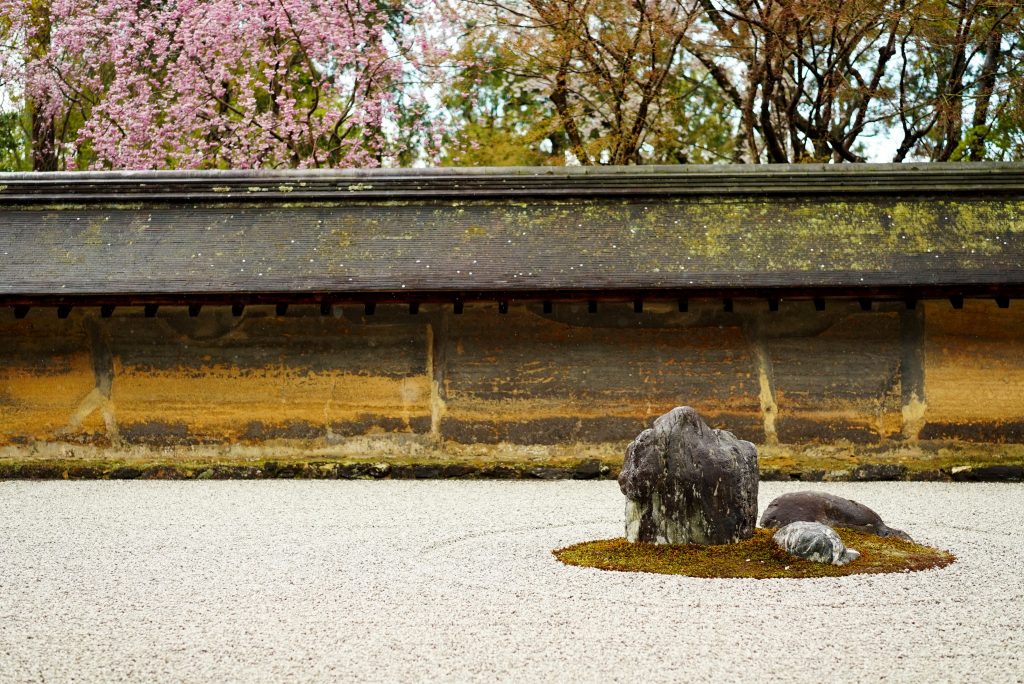Dry Landscape
- Apr 18, 2019
We reserved two time slots for our clients before and after open hours at Ryoan-ji, a 15th century zen temple (I believe there was another temple on the site dating back to the 11th century). The temple is most famous for its dry landscape garden. Being able to appreciate a historical monument and world heritage site nearly alone and in the quiet of the early morning is such an experience. You wouldn’t think that what is essentially a load of incredibly well positioned rocks would be capable of inspiring such internal silence. On that note, I have a little bit to say about the design of the garden. Before going I was tossed a few theories: that the garden’s meant to represent islands in the ocean, that the motion of the garden’s meant to represent a dragon flying through the sky, etc. Seeing the garden, I feel like its design is meant to be contemplative. It isn’t anything other than what it is: an assemblage of rocks. I think that the second you say it’s meant to look like such-and-such, it creates an unnecessary gap between you and your appreciation of the garden. It starts to lack that zen immediacy. I suppose that the garden’s a kind of musical phrasing. It’s got all the semblances of language, minus any of the communication or formalized symbols. It’s not speechless, instead it’s a kind of pre-expression.

Next post:
Previous post:
Otagi Nenbutsu-ji